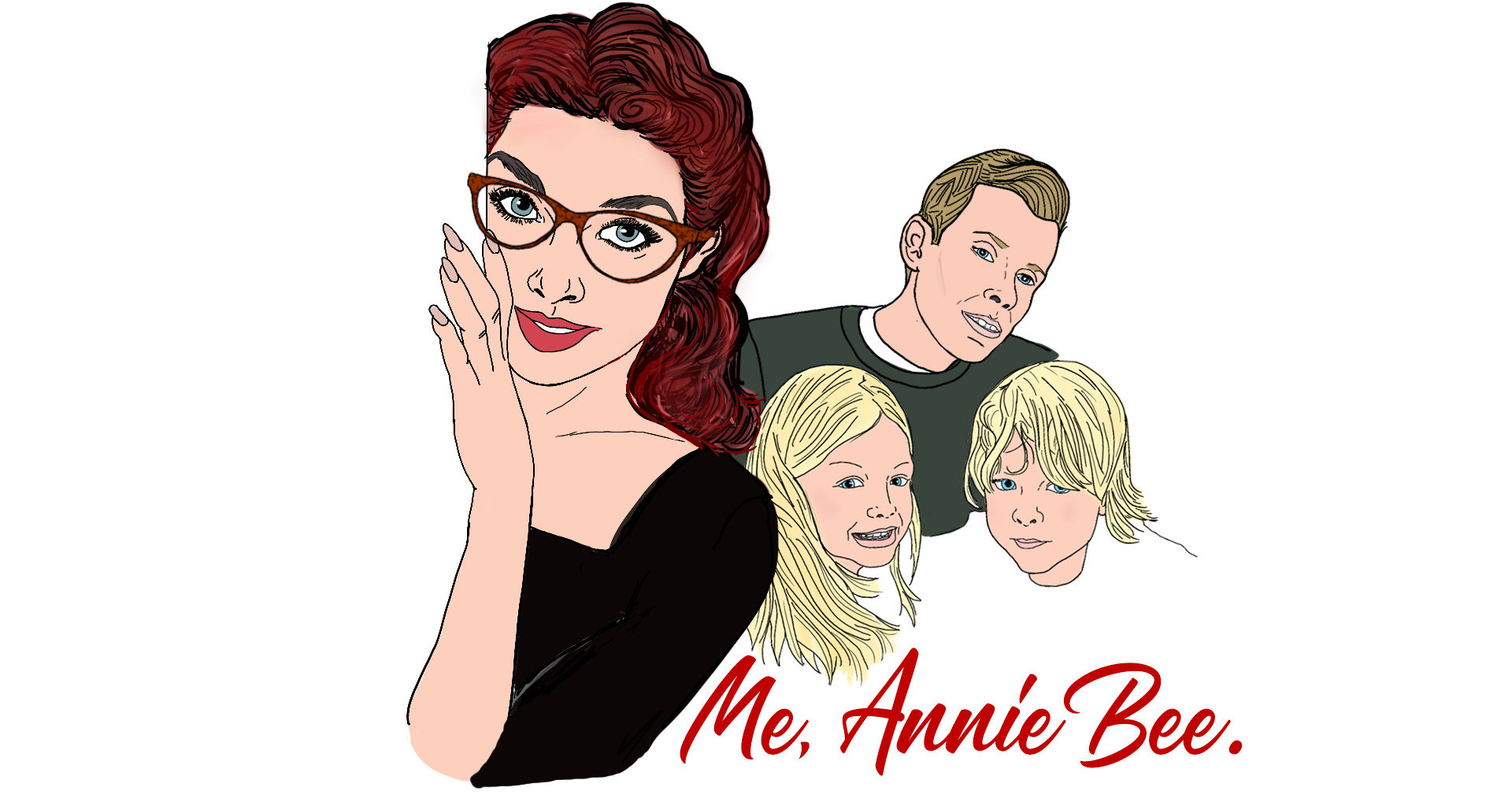
How to financially support your children after a divorce
Splitting from your spouse can be incredibly difficult and bring many changes to your life. As well as thinking about where you and your children will live, you may be concerned about how you will financially support them post-divorce.
This is where child maintenance comes in – to cover their living costs when one parent no longer lives with them. Take a look at our quick guide below to find out more about child maintenance payments and how they work.
What is child maintenance?
Child maintenance payments are put in place to support a child’s living costs when one parent doesn’t live with them.
It’s important to note that both parents are financially responsible for supporting their children until they’re at least 16 years old, or 20 years old if they’re in full-time education.
To be eligible, you need to reside and have the right to live in the UK.
How are the payments arranged?
There are several ways to arrange child maintenance payments. You and the other parent could decide how much should be paid and set up a payment arrangement.
This may be the quickest and easiest option but it isn’t legally binding, so there’s no way to enforce it or collect payments that have been missed.
However, you may be able to make a privately made agreement legally binding by working with an experienced divorce solicitor or going to court.
Another option is to go through the Child Maintenance Service (CMS). This is a good option if you can’t agree with the other parent. The CMS can calculate an amount to pay, collect payments and resolve disputes about parentage.
How is child maintenance calculated?
If you go through the CMS, they typically use “6 steps to work out the weekly amount of child maintenance”.
Firstly, they’ll find out the paying parent’s gross annual income, look at things that affect their income (like pension payments) and apply the appropriate child maintenance rate.
They also consider the number of nights the child stays at their home, as well as any other children they support financially.
How is the money paid?
This depends on the arrangement you make with the other parent. If you organise child maintenance between yourselves, you’ll need to arrange the payments privately.
If you go through the CMS, then there are two payment options.
You can choose to do direct pay, which means that the CMS will decide how much needs to be paid and you and the other parent organise the payments yourselves.
Alternatively, you can do collect and pay. This involves the CMS calculating the payment amount, collecting it from the paying parent and passing it on. This means you don’t have to have any form of contact with the other parent.
There are fees to use the collect and pay service which you can see on the government website.
If you need help navigating your finances during or after your split, there’s support available to you. Speak with your divorce solicitor about the best steps forward or contact the Child Maintenance Service for advice.
Share the love.
Related
You May Also Like

Planning a Halloween Party for Younger Children
October 8, 2024
Looking forward: Parenting Teens
May 7, 2019



